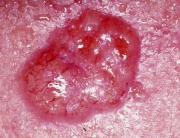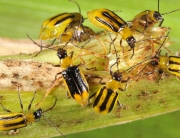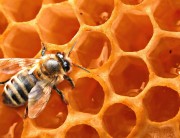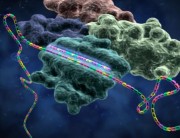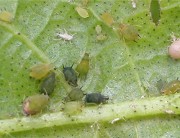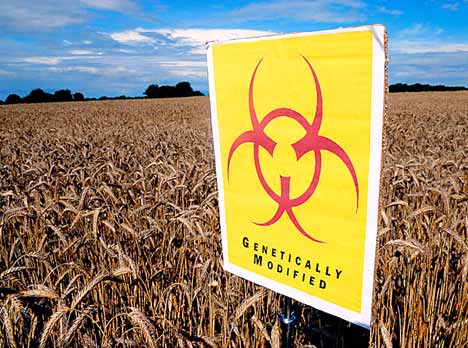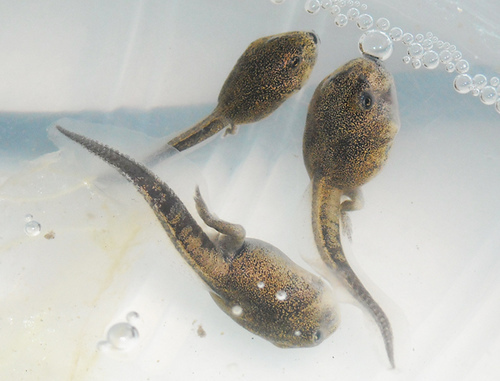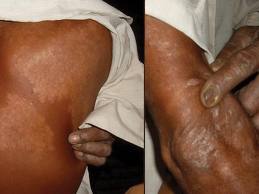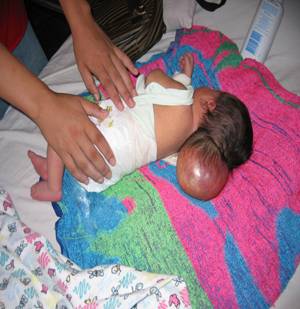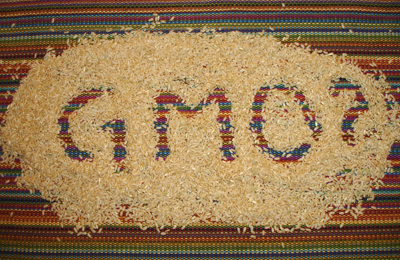Scientists from the University of Sherbrooke, Canada, have detected the insecticidal protein, Cry1Ab, circulating in the blood of pregnant as well as non-pregnant women. They have also detected the toxin in fetal blood, implying it could pass on to the next generation.
Cry1Ab protein (a Bt toxin) is genetically engineered into maize and cotton to help them resist attack by moth larvae (Lepidoptera species).
Source: GM Freeze
Source: greenpeace.org
Abstract
Pesticides associated to genetically modified foods (PAGMF), are engineered to tolerate herbicides such as glyphosate (GLYP) and gluphosinate (GLUF) or insecticides such as the bacterial toxin bacillus thuringiensis (Bt). The aim of this study was to evaluate the correlation between maternal and fetal exposure, and to determine exposure levels of GLYP and its metabolite aminomethyl phosphoric acid (AMPA), GLUF and its metabolite 3-methylphosphinicopropionic acid (3-MPPA) and Cry1Ab protein (a Bt toxin) in Eastern Townships of Quebec, Canada. Blood of thirty pregnant women (PW) and thirty-nine nonpregnant women (NPW) were studied. Serum GLYP and GLUF were detected in NPW and not detected in PW. Serum 3-MPPA and CryAb1 toxin were detected in PW, their fetuses and NPW. This is the first study to reveal the presence of circulating PAGMF in women with and without pregnancy, paving the way for a new field in reproductive toxicology including nutrition and utero-placental toxicities.
Authors
Aziz Aris, Samuel Leblanc

















